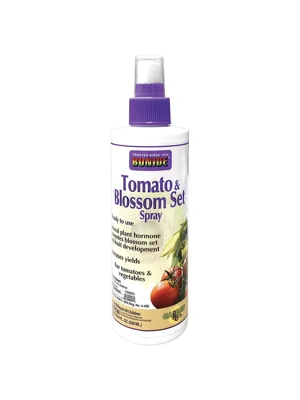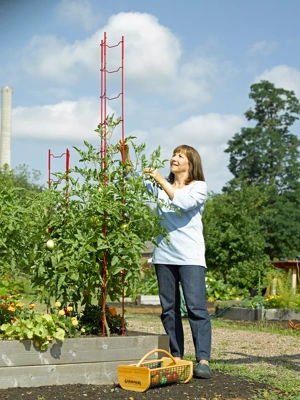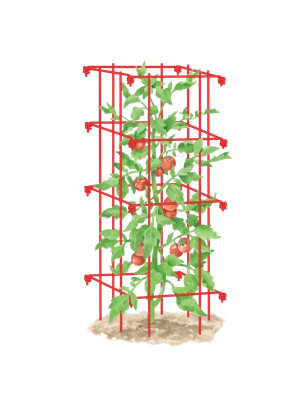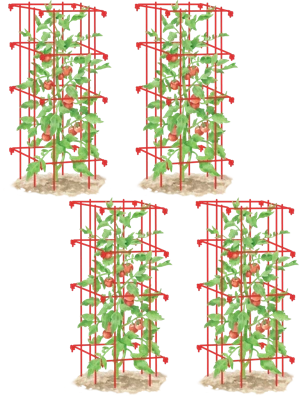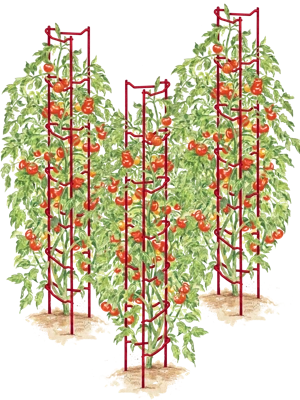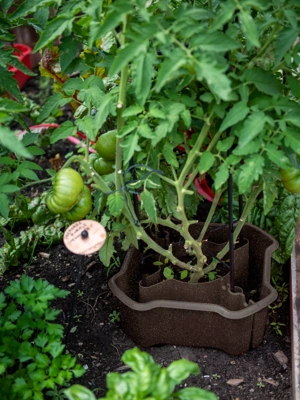Tomato Diseases: Five Ways to Fight Back Now
A spell of cool, rainy weather in many parts of the country has created the ideal environment for tomato diseases to flourish. Fungal diseases, such as late blight, anthracnose, and septoria leaf spot spread like wildfire on wet leaves. For many tomato growers, the question isn’t if tomato diseases will show up, but when. Fortunately, there are steps you can take to minimize problems.
1 - Learn to diagnose tomato problems so you can tell the difference between a disease and an environmental or nutritional problem, such as blossom-end rot.

2 - Keep plants off the ground with trellises, stakes or cages, and add a layer of straw mulch beneath plants. This helps prevent initial infection because many fungal diseases are spread when the soil has disease organisms splashed up onto foliage. Pruning off lower leaves also minimizes soil/foliage contact.
3 - Fertilize regularly. Tomatoes are heavy feeders, meaning they need a steady supply of nutrients for healthy growth. Plants that have enough nutrients grow vigorously and are better able to withstand problems. Plus, vigorous plants can outgrow some damage and often produce fruit, despite disease-damaged foliage. Even if you added a slow-release tomato fertilizer at planting time, consider a twice-monthly dose of water-soluble fertilizer, such as PHC All Purpose.
4 - Keep foliage as dry as possible. Use a soaker hose to apply water to the soil, rather than an overhead sprinkler. Prune suckers to make foliage less dense; this improves air circulation and speeds drying after the rain.
5 - Be ready with organic control options. Consider using a preventative spray, such as Actinovate, which contains beneficial microbes that help prevent a wide range of diseases. Another option is Serenade, which triggers the plant’s natural defenses against disease. Once a disease shows up, copper-based sprays, such as our Copper Fungicide, are helpful for knocking it back. Copper Fungicide can also be used as a preventative spray. (If just a few leaves on your tomato plant are affected, prune them off and discard them in the trash — don’t compost them — before spraying.) Learn to distinguish among the various tomato diseases, especially late blight, which is difficult to control.
If tomato diseases are a problem in your garden this summer, take heart that you’re not alone. Next year, plant at least some disease-resistant varieties and hope for a little more cooperation from Mother Nature.
A twice-weekly morning soaking, please, followed by sunshine to dry the leaves.
Last updated: 06/26/2023
Print this Article:
Related items
Get the Dirt
Stay up to date on new articles and advice. Please fill out the information below.



